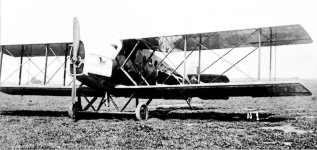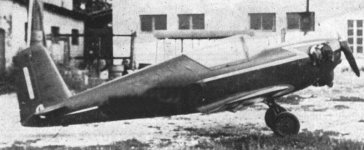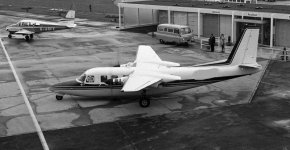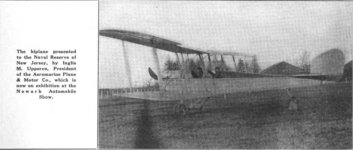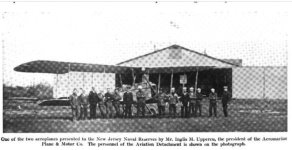-
There seems to be an uptick in Political comments in recent months. Those of us who are long time members of the site know that Political and Religious content has been banned for years. Nothing has changed. Please leave all political and religious comments out of the forums.
If you recently joined the forums you were not presented with this restriction in the terms of service. This was due to a conversion error when we went from vBulletin to Xenforo. We have updated our terms of service to reflect these corrections.
Please note any post refering to a politician will be considered political even if it is intended to be humor. Our experience is these topics have a way of dividing the forums and causing deep resentment among members. It is a poison to the community. We appreciate compliance with the rules.
The Staff of SOH
You should upgrade or use an alternative browser.
The Ongoing Mystery Aircraft Thread Part Deux.
- Thread starter Ferry_vO
- Start date
fabulousfour
Members +

I can't sleep very well when it is windy and the whole home is rattling. However, last Sunday was much worse when we had wind speeds slightly above 100 km/h. But even that was nothing compared to the storm we had 2 years ago.
Regarding the Otto biplane there may have been two B-types, my sources are a bit unclear.
The first one is the pusher biplane from your mystery which is mostly referred to as the Otto Pusher Biplane from 1913, but at least two of my sources give the designation Otto B.
My understanding is that the designation "B" is an internal designation of the Otto company.
And then there is an Otto B from 1914 which is a two-seater in "normal" tractor configuration. Here the B is the military designation for an unarmed two-seater.
These military designations were introduced around 1914.
Looking for a new mystery now.
fabulousfour
Members +
cthornburg
Members +
On the pusher the "Triple" rudder 1913 model and the "Single" rudder 1914 model.
On the tractor Otto B.I there was the "Three" bay strut with 100hp Rapp engine
and the "Two" bay strut aircraft circa 1914.
Chris
fabulousfour
Members +
A (probably one-off) civil conversion of a type mostly used by the military.
fabulousfour
Members +

I have the photo from an issue of "Aviation Classics", where the history of Alenia Aermacchi is celebrated. Very interesting!
Over to Scotland, please.
pomme homme
Members +

cthornburg
Members +
Chris
pomme homme
Members +
cthornburg
Members +
This next one is a mystery. So I will give all I have maybe someone can find more.
A441 was, however, used by John V W Reynolds of the National Naval Volunteers - he crashed and was killed. Maybe this was the aircraft shown in the photo.
This was taken from magazine dated 1915/16
Can't find anything under Aeromarine that comes close.
Chris
Attachments
cthornburg
Members +
Aeromarine also built the DH-4B which this airplane had some similarities the gear, horizontal tail. I would have thought that building the DH-4B would have been later than 1915.
Over to you.
Thanks
Chris
pomme homme
Members +
On the FAA Register she was N6300 mentioned as a Model 680T, s/n 1540-6 with the remark "exported to England"
I am not strong at registers, but I guess she may have become F-W/BSTM.
Having found the original photograph (taken at Gatwick on 18 June 1968), she was N6300 at the time. F.G.Miles converted her to Astazou power at Ford, Sussex. In 1969 she was UK registered as G-AWXK before being sold to Turboméca, in 1970, which replaced her Astazoux with Mk. I Astafans in 1971. Later these engines were replaced with Mk. II Astafans. Initially French registered as F-WSTM, in 1972 she became F-BSTM. Her registration was cancelled in 1991. She was given to the Mas Palégry museum but not transferred there. Instead she remained at Perpignan in the care of EAS Europe Airlines. When it went into liquidation, unknown to the museum F-BSTM was scrapped on site in 1996. Turboméca also converted a Commander 690 to Astafan IV power. She was F-BXAS.

